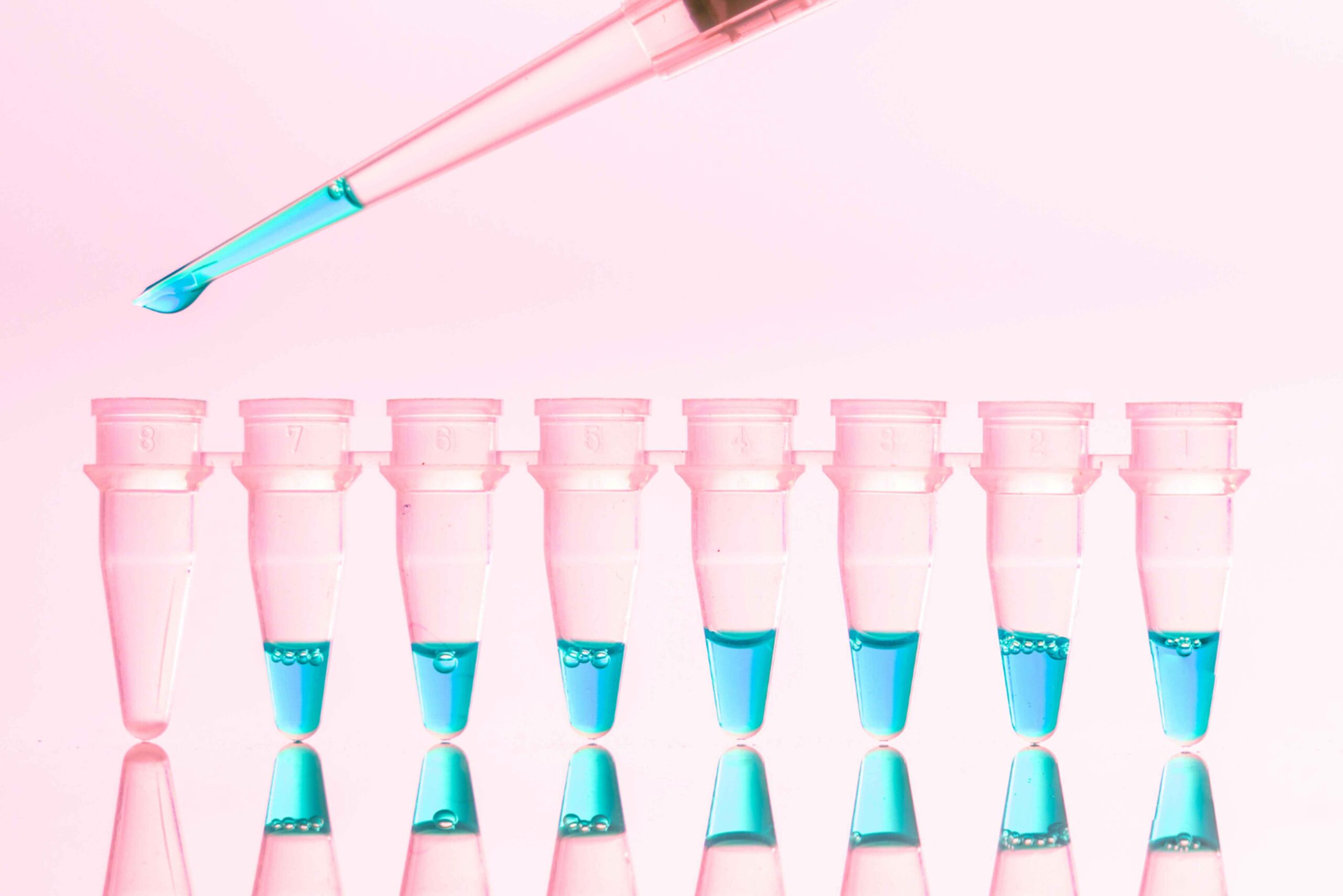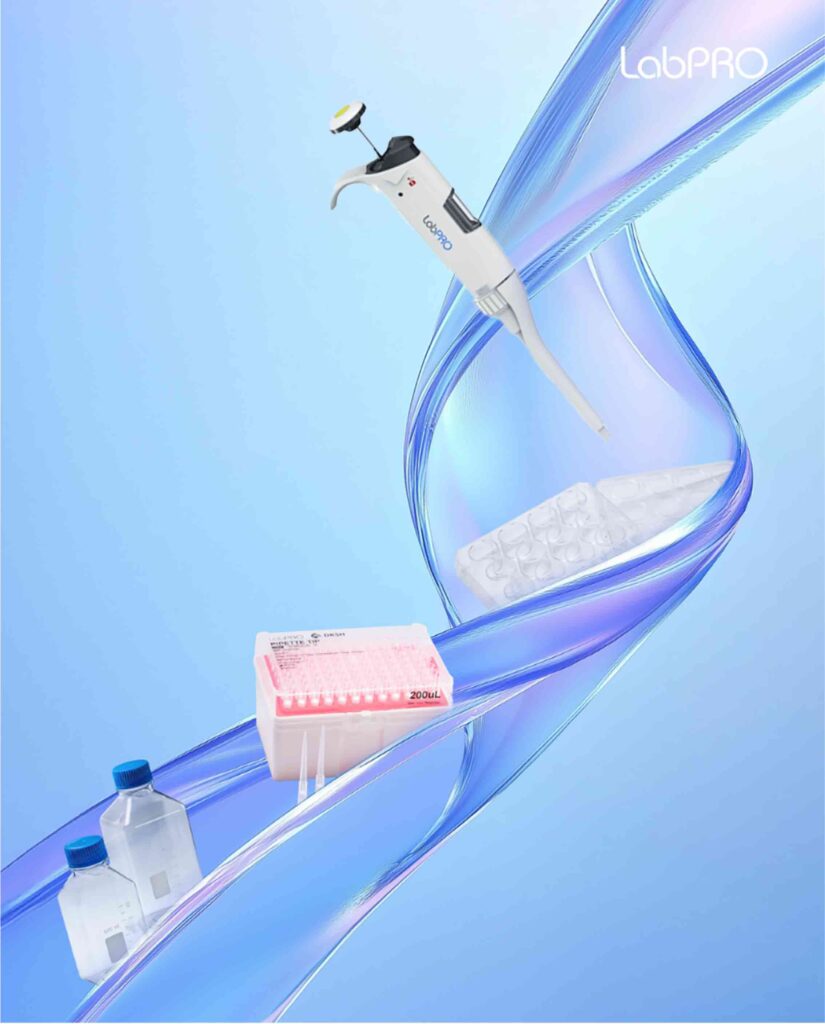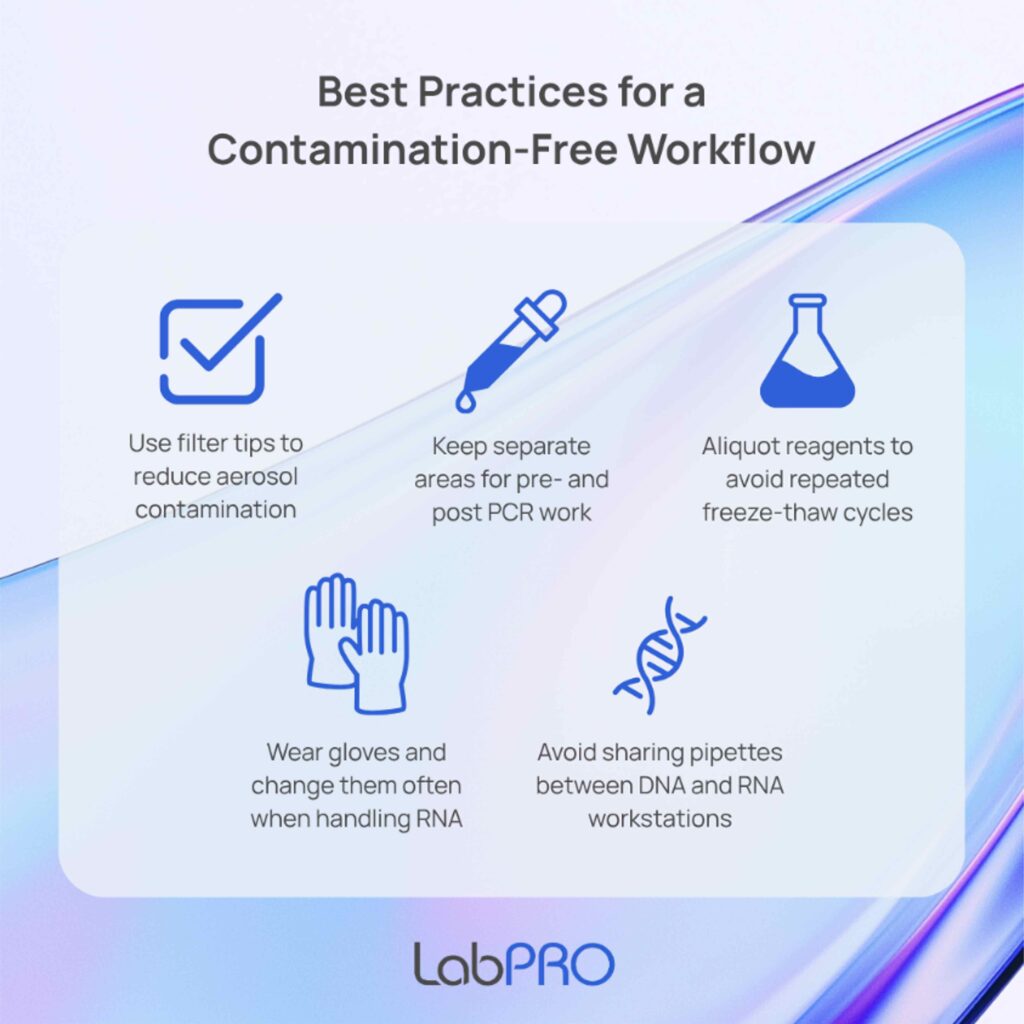Why DNase/RNase-Free Labware Matters in RNA Workflows

Even the best enzymes can’t save your experiment if your labware introduces contamination. Here’s why DNase- and RNase-free certification matters, and how LabPRO helps you protect your results.
Introduction
If you’ve ever worked with RNA, you know how easily DNA or RNase contamination can ruin your results. Even trace amounts left on labware can degrade your sample and lead to failed experiments. And while most labs are careful about their enzymes and reagents, contamination often slips in through a less obvious source: your labware.
That’s why using certified DNase- and RNase-free consumables is just as important as the reagents themselves. DNase enzymes help clean up residual DNA from your samples, but if your tubes, flasks, or pipette tips aren’t clean to begin with, you’re starting at a disadvantage.
In this article, we’ll explain where contamination comes from, why enzyme-free certification matters, and how LabPRO’s QuickFit and CellPro product lines are designed to support sensitive workflows with confidence.
On this page:
Why DNase and RNase Contamination Matters
DNase and RNase are enzymes that break down DNA and RNA, respectively. In most cell and molecular biology workflows, they’re used intentionally and in controlled amounts. But when they show up where they’re not supposed to, they can ruin your experiment.
RNase contamination is especially problematic. RNases are stable, hard to destroy, and can survive harsh conditions. Just a small amount can degrade an entire RNA sample, making it unusable for applications like:
Where Contamination Comes From
Many researchers assume that enzyme contamination only comes from improper handling of reagents or poor pipetting technique. But in reality, one of the most common sources is the plasticware itself.
Some examples include:
If your labware isn’t certified, you’re taking a risk, especially with sensitive downstream applications.
Why Enzyme-Free Certification is Critical for Labware
When a product is labeled DNase/RNase-free, it means it has been tested and validated to meet strict requirements for cleanliness. This usually involves:
This certification gives labs peace of mind. It removes one more variable from the workflow and reduces the chances of sample degradation, failed qPCRs, or lost sequencing runs.
In contrast, non-certified labware may come into contact with environmental contaminants during storage, handling, or production. Even if it looks clean, it may not be free of enzymes that can damage your samples.
How LabPRO Ensures Certified DNase/RNase-Free Products
LabPRO’s QuickFit and CellPro product lines are designed with clean workflows in mind. Each product is manufactured to meet stringent standards for DNase/RNase-free certification, making them suitable for applications that demand high purity and zero interference.

QuickFit
CellPro
When your consumables are clean and consistent, you can spend less time troubleshooting and more time getting results.
Best Practices for a Contamination-Free Workflow
In addition to using certified consumables, here are a few more habits that can help you maintain an enzyme-free environment:

Combining good technique with certified DNase/RNase-free consumables gives you the best chance of success.
Conclusion
Every lab working with RNA faces the same invisible challenge: enzyme contamination. You might have the right buffers, the perfect enzyme, and clean techniques, but if your labware isn’t certified DNase/RNase-free, your results are still at risk.
LabPro’s QuickFit and CellPro product lines to meet the highest cleanliness standards. With certified consumables built for sensitive workflows, you can protect your results and run your experiments with greater confidence.
Want to make sure your workflow stays protected from contamination?
Explore LabPRO’s full range of DNase/RNase-free consumables.
